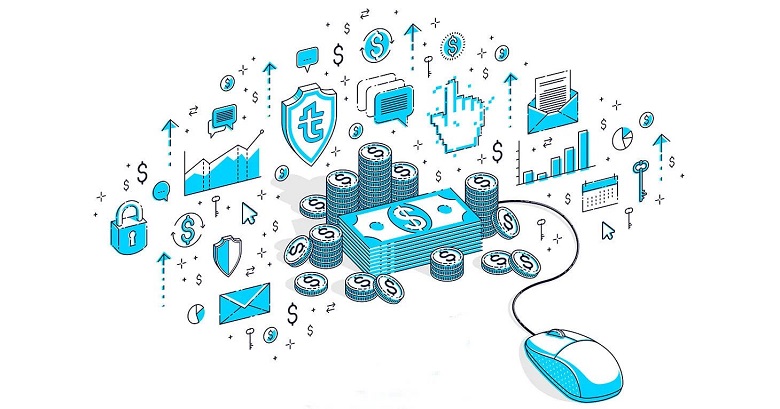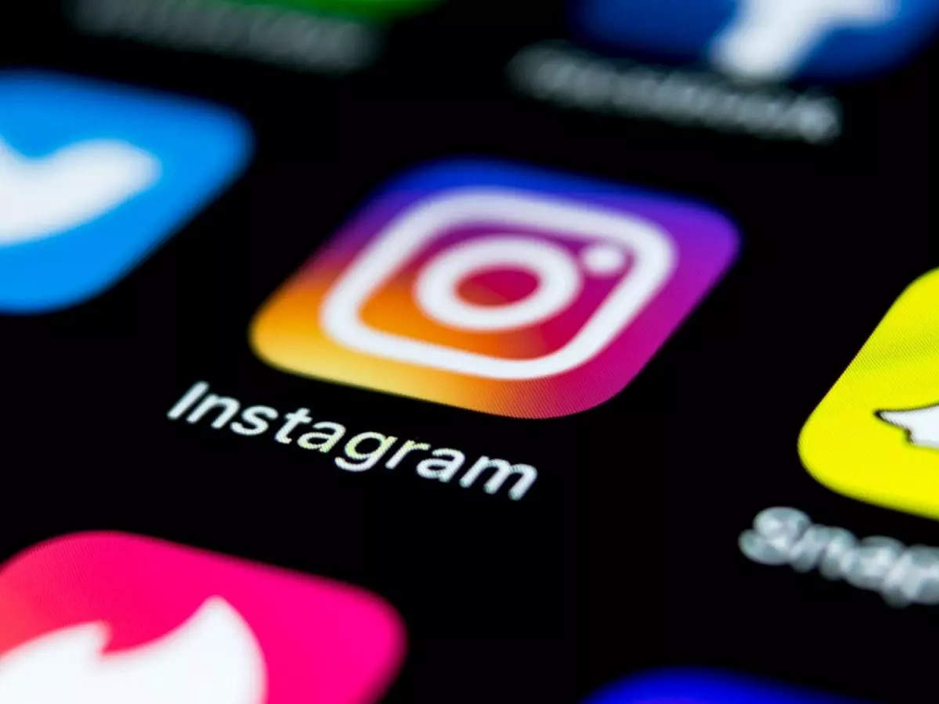Communication between teacher and student is essential. Teachers can use contact to help students comprehend concepts, retain the information, and keep up with the expectations of the course.
Student to teacher communication can be used in a variety of ways. It can be used as an opportunity for students to share their understanding of class material or as a way for teachers to check on how well students are doing in their classes. Both of them should act as an opportunity for sharing questions and concerns about coursework without feeling like they need to take up too much time.
1. Empowering Teachers with Educational Technology to Reach Every Student
This section focuses on how technology can help teachers teach and reach out to every student. The passage talks about how educational technology can be used as a tool for teachers to create engaging and interactive lessons.
- It has the power to change the way we think of education.
- It can provide teachers with some assistance and help them reach out to students that they could not get through traditional methods like classroom lectures or written instructions. Also, reduce the search rate among students for “physics homework help online“.
- It has helped teachers to reach out to a broader audience and help more students.
- It is not the technology itself that changes the teaching but how it is used. Teachers must first be aware of how they can use it to teach better and then find the right tools that will help them do that job.
Students are often assigned essay writing tasks. After schooling, they prefer to write. Sometimes, the student gets stuck in between and ponders how to select the main parts to write my essay? To avoid wasting time, both of them should use apps and share video links, reference links, etc.
2. Instant Communication Between Students and Teachers:
Instant communication is a new form of communication that is fast, efficient, and beneficial for both. When a student needs help from a teacher, they can reach the teacher through the internet with just a few clicks.
Teachers can receive instant feedback on their teaching, and students can ask questions in real-time. There are many instant messaging apps available in education, but which ones will be most effective?
In recent years there has been an increase in video chat software for education. These tools allow teachers to reach out to their students more efficiently and give students more access to their teachers. As well as being used as educational platforms, these tools are also being used by companies that offer online tutoring sessions.
Some of this classroom chat software comes with video chat, as said earlier, but with screen sharing and polling options. However, these facilities come with great responsibility as well. Teachers need to make sure they moderate the discussions to avoid disruptive behavior. They also need to make sure that they are not overusing this platform as it is somewhere distracting for the students and could hamper their learning.
3. Building Stronger Relationships with Social Media:
Social media has the power to connect people around the world. It can be used as a powerful tool for learning.
One of the most important things is to set up rules and guidelines for using social media in the classroom. Teachers should establish clear, ethical standards that they want their students to abide by.
They should also create a social media plan that includes what sites they will be using, what content they’re posting, and how often students are allowed to use it.
It helps educators share their knowledge with other people around the world on any topic. Educators can create meaningful connections with other educators who are teaching on similar topics or on different topics altogether.
4. Effective Communication Tools for the Classroom:
Effective communication tools are essential in the classroom. They allow teachers to know where each of their students is and enable students to communicate with their classmates. Classroom communication tools also help with collaborative work by fostering collaboration through video chat, messaging, and more.
Many schools are now using these tools to improve the way they teach their students, but it is still essential for schools to consider the privacy of each student when they decide on what kind of classroom communication tools they will use.
We believe effective communication is crucial to the success of the classroom.
There are many ways to communicate in school, such as using Skype, FaceTime, Zoom, and other video chat apps. However, these tools can be expensive and complicated for younger students.
ClassDojo is a free classroom communication tool that allows teachers to participate in group chats
with parents and students while also viewing their performance data. It also allows for video conferencing during lessons and acts as a digital portfolio where students can keep track of their work.
5. Data Driven Approaches to Improve Teacher Student Communication:
Data-driven lesson plan creation tools can help teachers in creating lesson plans by using data gathered from students’ engagement.
Such tools will provide feedback for what is working and what needs to be worked on. This will allow for a more customized teaching approach that will empower the teacher to create more engaging lessons.
These plan creation tools can help teachers in creating lesson plans by using data gathered from students’ engagement.
The use of such a tool will provide feedback for what is working and what needs to be worked on, which allows for a more customized teaching approach that empowers the teacher to create more engaging lessons.
6. Digital Portfolios – Turning an Educator’s Student Data into a Complete Picture of Learning Progressions:
Digital portfolios are becoming an important part of the education system. They provide educators with a better way to see how their students are progressing in their learning. With these portfolios, teachers can see how well students are meeting the state’s standards, and they can adjust their instruction to meet those standards.
It is a repository of data typically available online for viewing by anyone who has access. Different types of digital portfolios cater to
other purposes, such as professional development or academic assessment.
These can be used to store any data, including print-outs of student
work, videos of student work, and links to web pages with more information about the project or topic being studied.
A Collaborative Effort Between AI & Education to Enhance Student Experience
The world of education is changing, and AI is playing a significant role in this change. Schools use AI to do everything from monitoring students’ activities to giving them a personalized education.
Teachers have a positive effect on students’ lives and having a personal relationship with them is important.
While the number of teachers in the United States has steadily declined, AI can fill the void. The AI can act as digital assistants to help teachers manage their workloads and share insights with students on how they are doing.
It can also help teach English language learners by giving them an extra tutor in their house when needed.
This can be done through personalized voice messages or even text message conversations to provide feedback on their homework assignments.
Students will feel like they are enjoying one-on-one lessons with their teacher without having to pay for them, which could lead to better grades and more engaged students.
Conclusion: The Future Looks Bright for Educators
The benefits of AI chatbots in education are vast and far-reaching. The future looks bright with technological advancements for student-teacher communication in education. We can expect even more to follow in the coming years as and when new developments and breakthroughs happen.
Author’s Bio:
Pearl is a professional essay writer with a proven track record of getting top grades. With her help, you’ll have confidence in your essay. All papers are meticulously researched and professionally edited.


